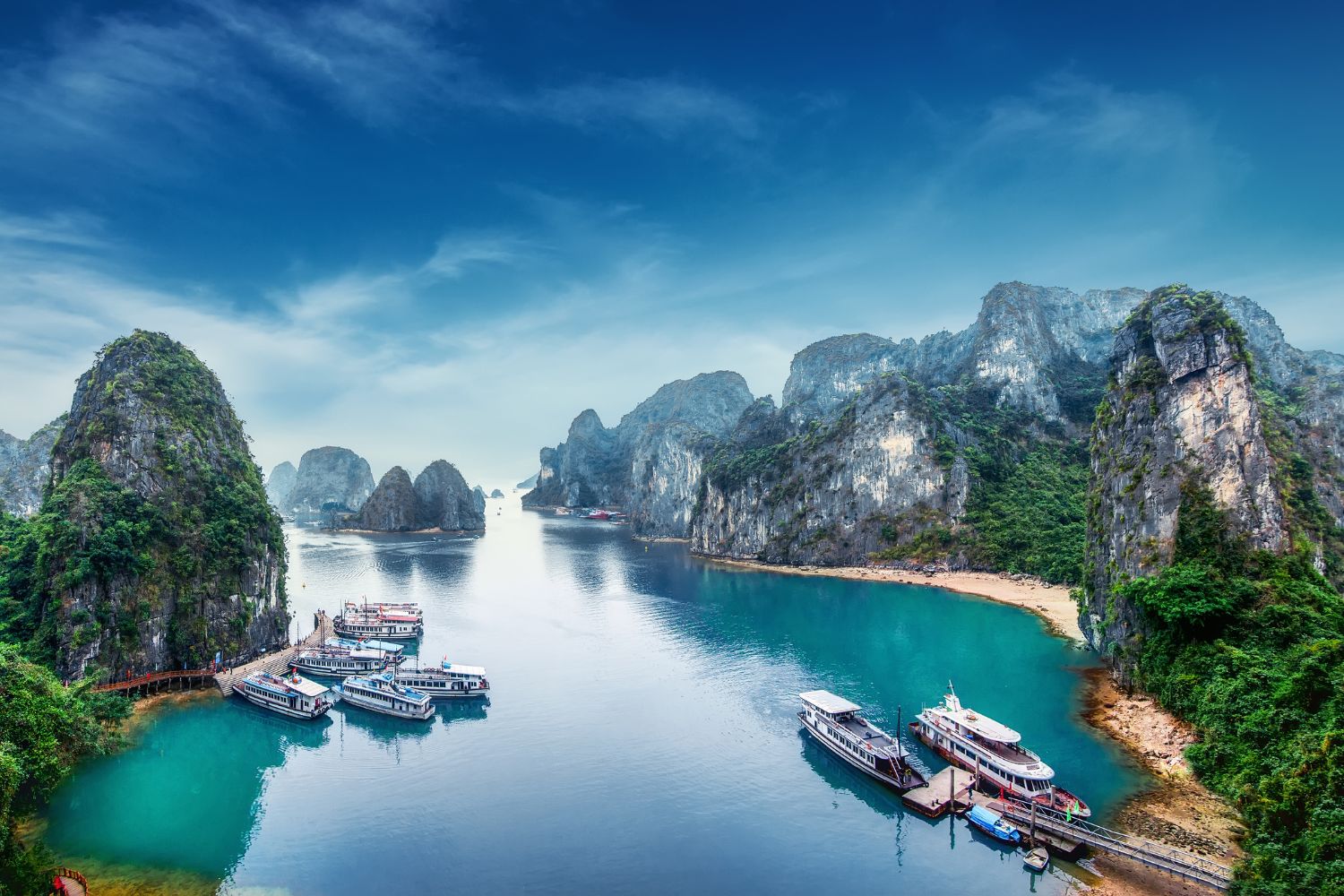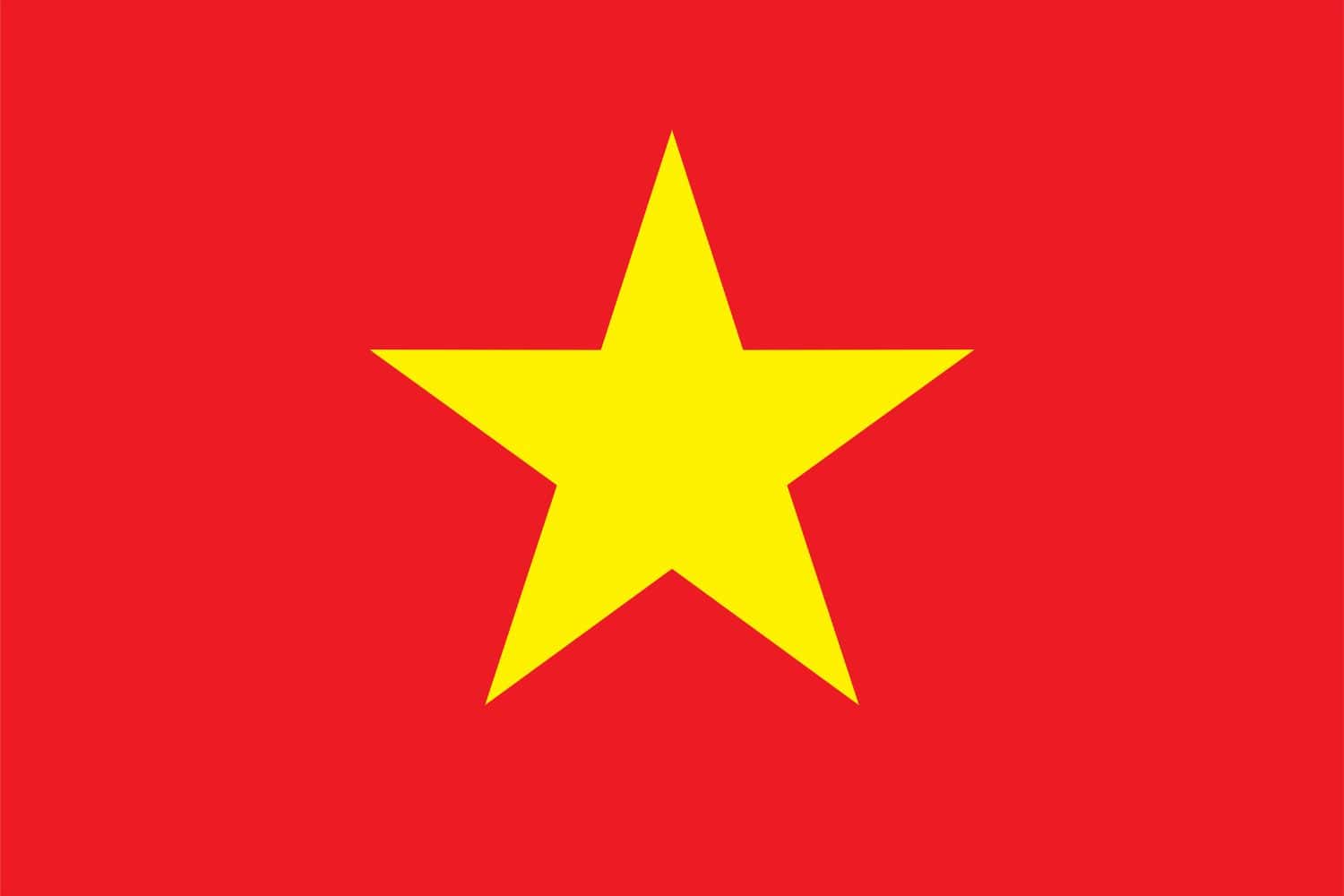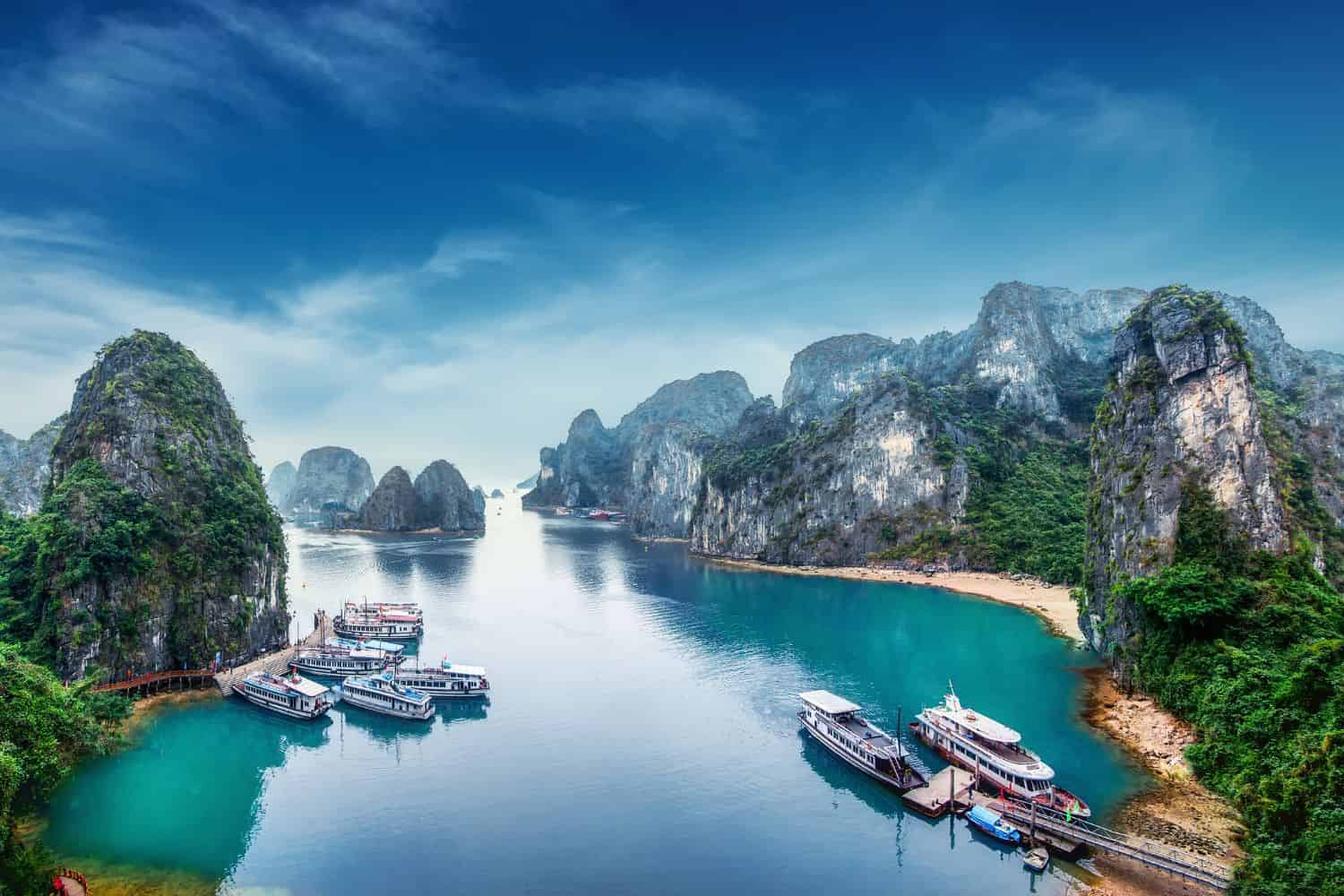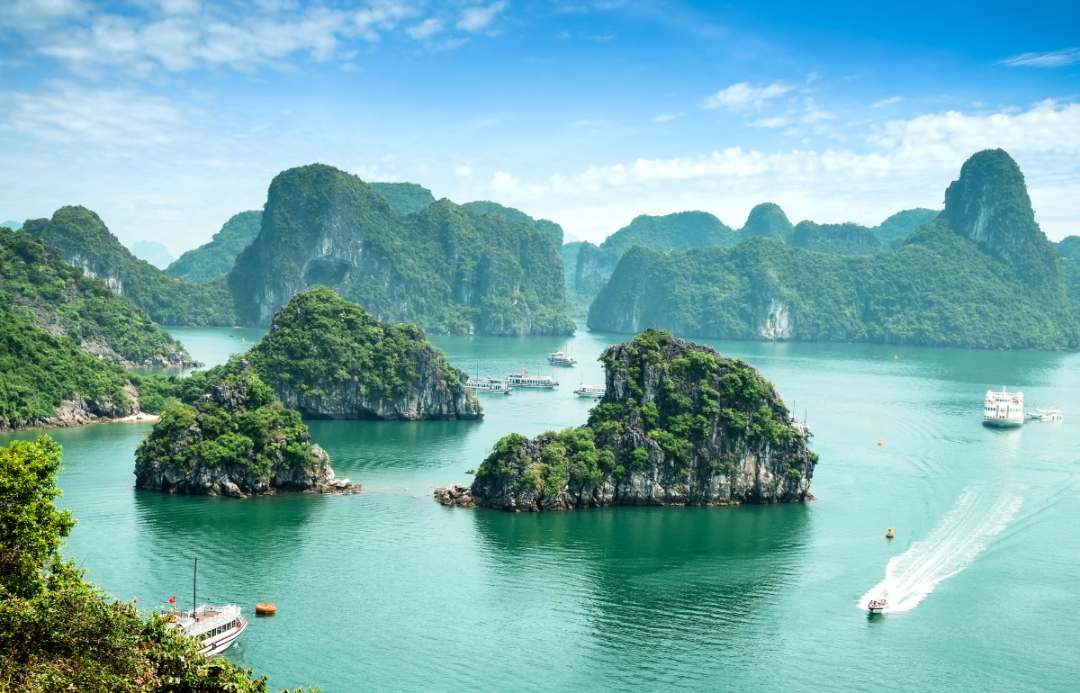Where is Vietnam located? Vietnam is a country situated in Southeast Asia, in the eastern part of the Indochinese Peninsula. It is one of the prominent nations in this region.
Vietnam is positioned on the eastern coastline of the Indochinese Peninsula, adjacent to the South China Sea to the east. It shares its borders with several neighboring countries. To the north, it is bordered by China. To the west, it shares a border with Laos and Cambodia. To the south, it has an extensive coastline along the South China Sea.
Where is Vietnam located: Asia.
Location of Vietnam on the World Map

Vietnam World
Map of Vietnam.
Vietnam Profile – Where is Vietnam located
Here are 10 of the most important facts about Vietnam:
- Official Name: Socialist Republic of Vietnam
- Capital City: Hanoi
- Population: Approximately 96.2 million (as of 2021)
- Official Language: Vietnamese
- Currency: Vietnamese Dong (VND)
- Major Religion: Buddhism (with a significant number of Catholics and followers of indigenous beliefs)
- Government: Socialist Republic
- Area: Approximately 331,212 square kilometers
- GDP (Gross Domestic Product): $354.9 billion (as of 2021)
- Main Exports: Electronics, textiles, footwear, agricultural products, and seafood.
Borders of Vietnam
Vietnam shares land borders with three countries.
| Bordering Country | Approximate Length of Border (in kilometers) |
|---|---|
| China | 1,281 km |
| Laos | 2,130 km |
| Cambodia | 1,228 km |
Vietnam Map
Navigate over this map with your mouse to discover the Vietnam map location.

Vietnam
Most Extreme Points of Vietnam
Vietnam has several extreme points in different directions:
- Northernmost Point: Close to the border with China, in the vicinity of the town of Lào Cai.
- Southernmost Point: The tripoint border with Cambodia and the Gulf of Thailand, in the southernmost region of Ca Mau.
- Easternmost Point: The point along the coastline of the South China Sea, near the city of Quy Nhơn.
- Westernmost Point: The point on the border with Cambodia, near the town of Châu Đốc.
Highest Points of Vietnam
The highest point in Vietnam is Fansipan, reaching an elevation of approximately 3,147 meters above sea level. It is part of the Hoàng Liên Son mountain range.
| No. | Mountain | Elevation (meters) |
|---|---|---|
| 1 | Fansipan | 3,147 |
| 2 | Pu Ta Leng | 3,046 |
| 3 | Pu Si Lung | 3,078 |
| 4 | Pu Ta Cú | 3,049 |
| 5 | Phan Xi Păng | 3,147 |
How big is Vietnam?
Vietnam covers an area of approximately 331,212 square kilometers, making it one of the smaller countries in Southeast Asia.
Comparison with Neighboring Countries
Here is a comparison of Vietnam with its neighboring countries based on approximate size and population as of 2021:
| Country | Approximate Size (sq. km) | Approximate Population | Vietnam’s Size Compared to Neighboring Country | Vietnam’s Population Compared to Neighboring Country |
|---|---|---|---|---|
| China | 9,596,961 | 1.4 billion | 1.65 times smaller | 0.28 times smaller |
| Laos | 236,800 | 7.3 million | 20.89 times bigger | 6.44 times bigger |
| Cambodia | 181,035 | 16.9 million | 27.28 times bigger | 1.58 times bigger |
What to Visit in Vietnam?
Vietnam boasts a rich tapestry of history, culture, and stunning landscapes. Here are the top 8 tourist attractions:
- Hanoi: The capital of Vietnam, Hanoi is a bustling metropolis with a blend of ancient traditions and modern marvels. Don’t miss the historic Old Quarter, Hoan Kiem Lake, and the Ho Chi Minh Mausoleum.
- Hội An: This charming ancient town is renowned for its well-preserved architecture, lantern-lit streets, and delectable street food. Explore its rich history and vibrant markets.
- Ho Chi Minh City: The largest city in Vietnam, formerly known as Saigon, is a dynamic hub filled with skyscrapers, historic landmarks like the War Remnants Museum, and bustling markets.
- Huế: A city steeped in imperial history, Huế boasts the UNESCO-listed Imperial City, royal tombs, and picturesque Perfume River.
- Phong Nha-Ke Bang National Park: This national park is home to spectacular caves, including the world’s largest cave, Son Doong. Explore the stunning underground landscapes and lush green surroundings.
- Sapa: Nestled in the northern highlands, Sapa is known for its breathtaking terraced rice fields, ethnic minority cultures, and hiking opportunities amidst the Hoàng Liên Son mountains.
- Da Nang: Located along Vietnam’s central coast, Da Nang offers pristine beaches, the Marble Mountains, and the enchanting ancient town of Hội An nearby.
- Mekong Delta: This vast network of rivers, swamps, and islands in southern Vietnam is a haven for exploring traditional Vietnamese life, floating markets, and lush landscapes.
These Vietnam destinations offer a diverse range of experiences, from uncovering Vietnam’s history and culture to indulging in modern city life and immersing yourself in its natural beauty. Please be aware that some places may have specific entry requirements, so it’s advisable to check before planning your visit.




